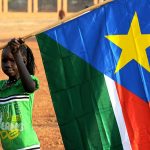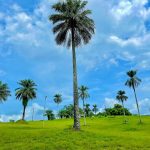When it comes to remote, isolated tribes in Africa, the Mundari of South Sudan often rank among the most fascinating. Their existence along the Nile River, paired with a lifestyle centered almost entirely around cattle, makes them one of the most unique ethnic groups in the region.
But who are the Mundari? And why has their way of life captivated adventurers, anthropologists, and photographers alike?
Table of Contents
Origins and Population of The Tribe
The Mundari are part of the Nilotic ethnic group, which includes the more widely known Dinka and Nuer tribes. While exact population numbers are hard to verify, estimates place the Mundari population at around 100,000 to 200,000 individuals. They primarily inhabit the floodplains of Central Equatoria State in South Sudan, particularly around the towns of Terekeka and Juba.
Their language, Kutuk na Mundari, is part of the Eastern Nilotic language family. Despite the disruptions caused by civil wars and ethnic conflicts, the Mundari have remained resilient, holding firmly to their traditional way of life.
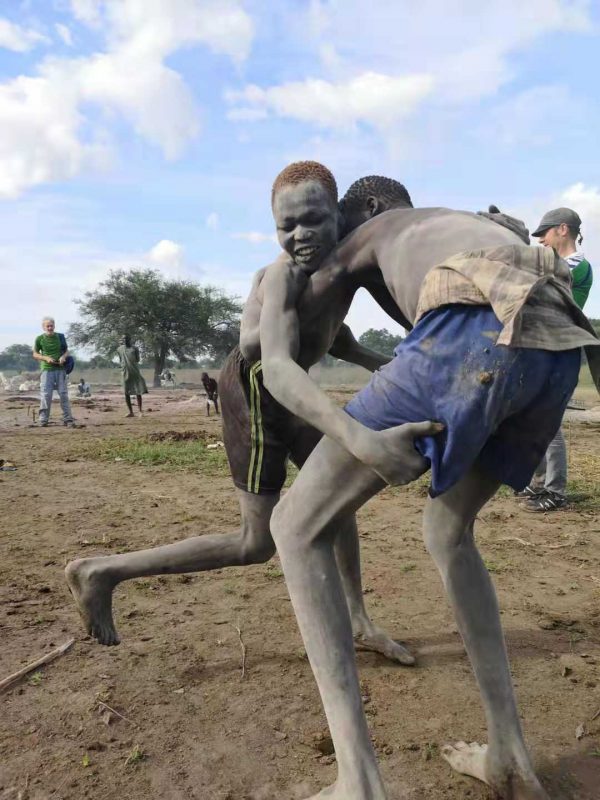
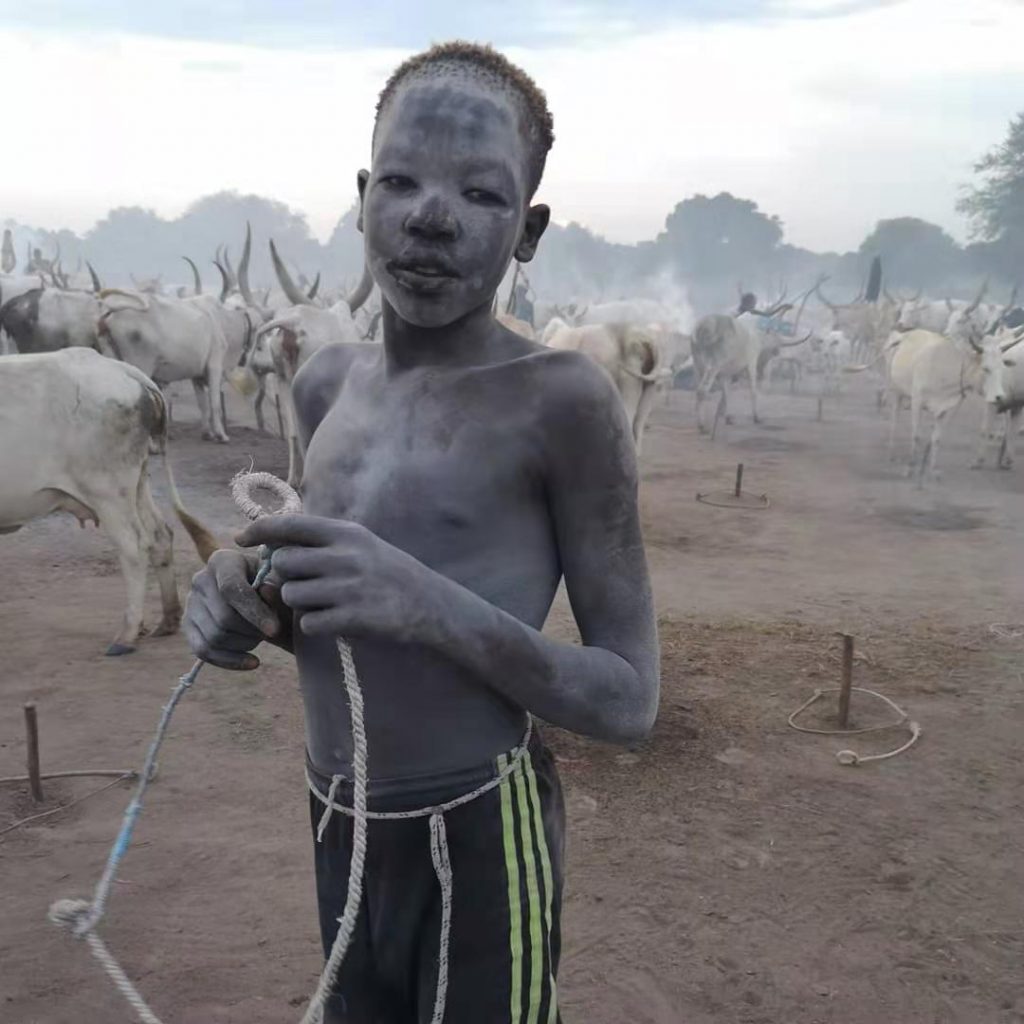
History of the Mundari
Like many tribes in South Sudan, the history of the Mundari is intertwined with conflict, displacement, and survival. During the Second Sudanese Civil War (1983–2005), the Mundari, like many other groups, were caught between government forces and rebel factions. Their strategic location along the Nile River meant that they often found themselves in the crosshairs of various warring parties.
The civil wars forced many Mundari people to flee their ancestral lands, while others were forcibly recruited into militias. Despite these disruptions, the Mundari have shown incredible resilience, maintaining their cultural practices throughout decades of conflict. They have held onto their traditions, refusing to be swallowed by the political turmoil surrounding them. How this realms during the current troubles is yet to be seen.
Click to check our podcast on South Sudan.
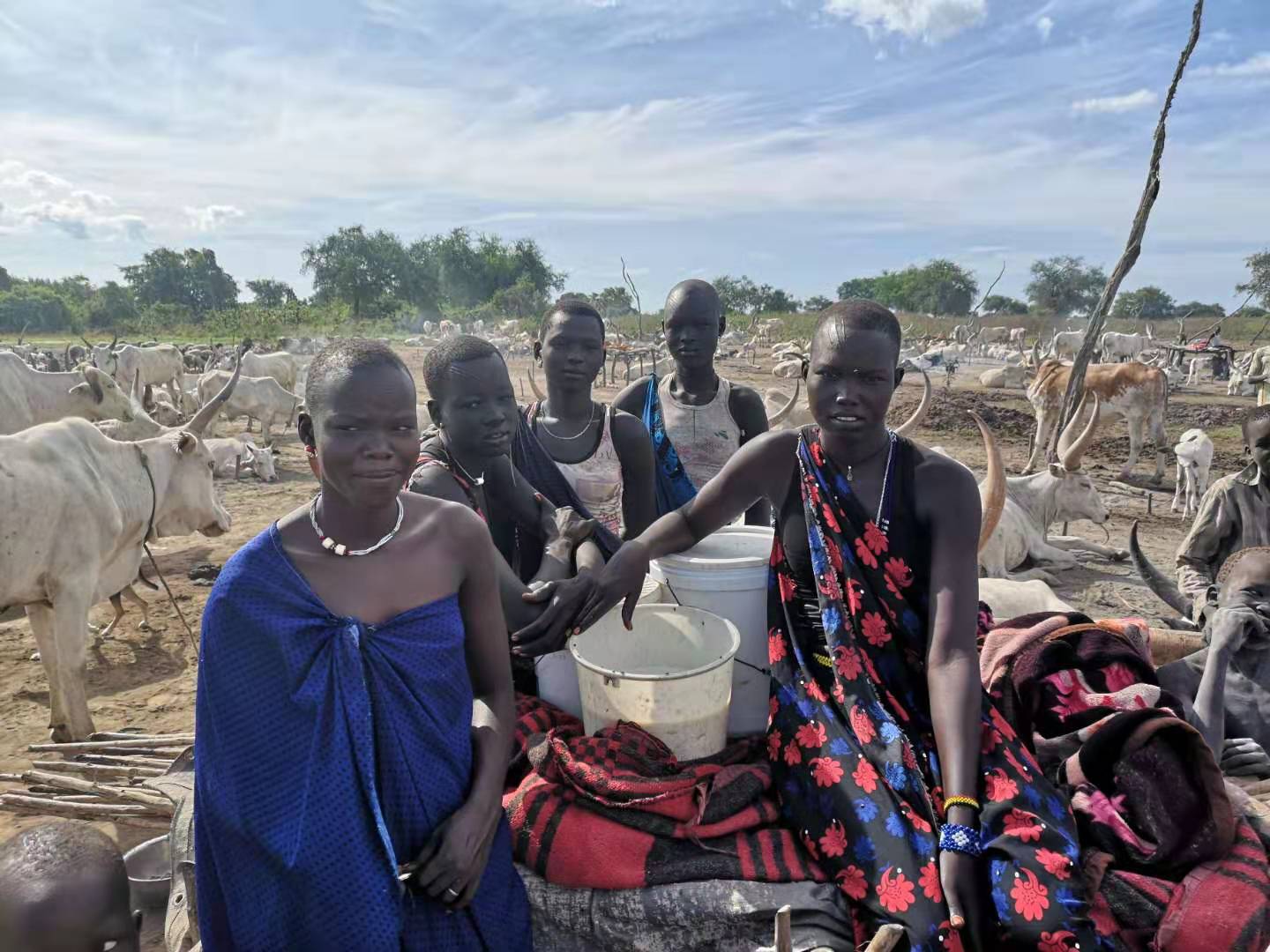
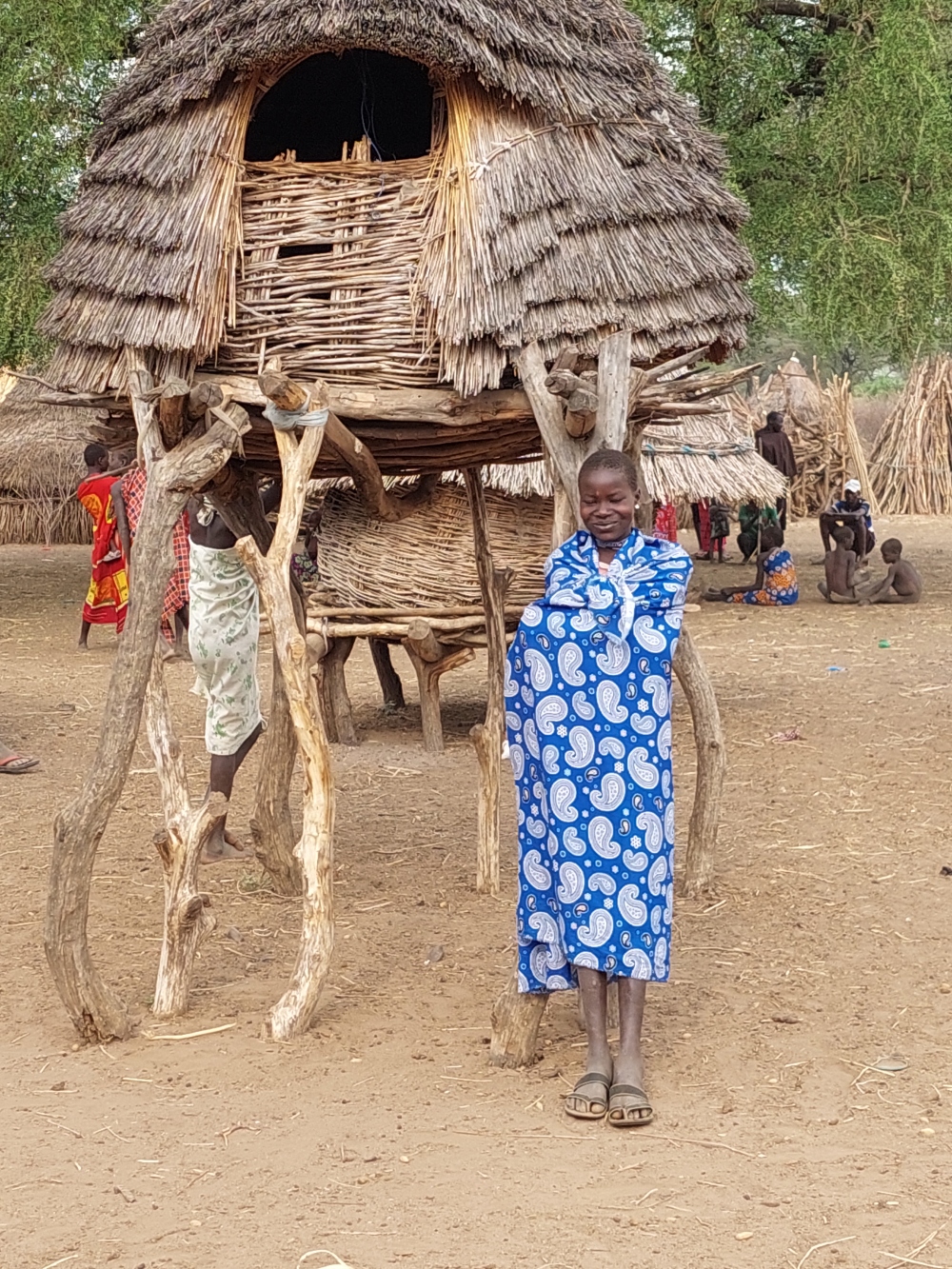
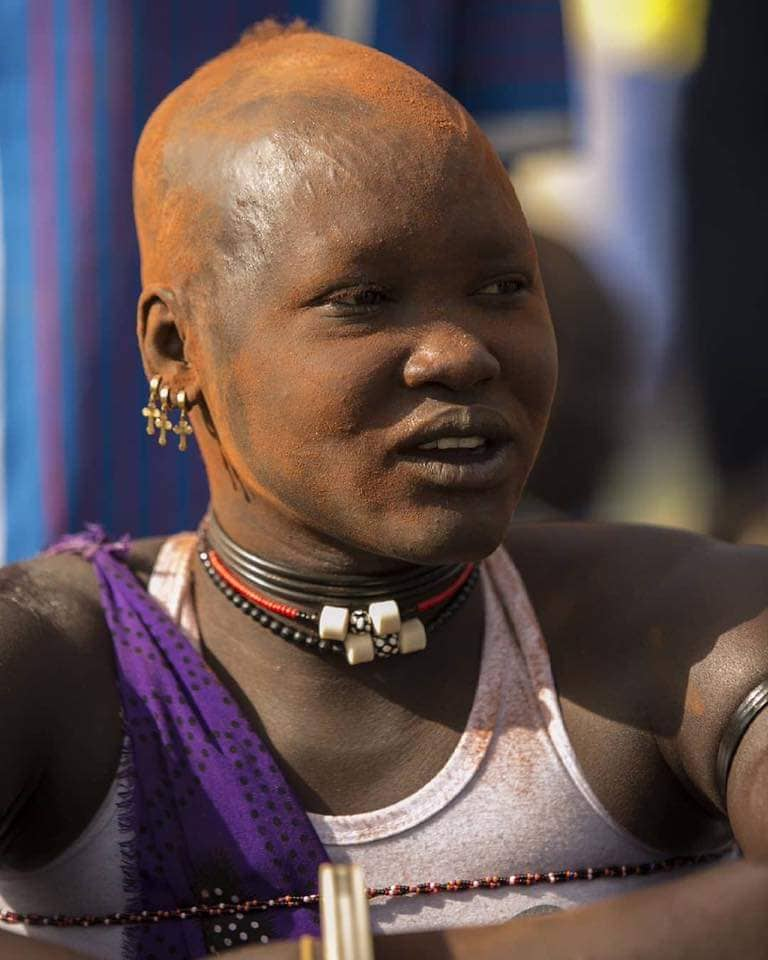
Cattle Culture and Economy
For the Mundari, cattle are everything. They are more than just livestock—they are a source of food, currency, status, and identity. Wealth is measured by the number of cattle a person owns, and even marriage negotiations are centered around cows. A young man must provide a substantial dowry of cattle before marriage, a tradition deeply rooted in Mundari society. FYI a good wife will cost 200 cows, although a bargain can be picked up for 50…
One of the most notable practices among the tribe is their use of cow urine as a form of hygiene. They will douse themselves in cow urine as a way to cleanse their bodies and dye their hair an orange or yellowish tint. This ritual is both practical and cultural—protecting them from insects while also providing a form of grooming.
Another striking practice is their ritual of blowing air into a cow’s vagina if the cow has lost a calf. This act is performed to comfort the animal and encourage milk production. And yes it looks (and sounds) as weird as it reads.
Ash derived from cow dung is another critical element of their daily life. It is rubbed on both their bodies and the cattle as a natural insect repellent, sunscreen, and skin conditioner. It also serves a decorative purpose, making the cattle appear almost ghostly white against the dusty plains.
Diet and Lifestyle
The diet largely revolves around their cattle. This consists heavily of milk, much of it drank fresh, as well as their own form of cheese. Unlike other tribes they do not take part in blood letting, or rather drinking the cows blood.
Their lives are essentially a cycle of movement dictated by the needs of their cattle. During the dry season, the Mundari migrate to the Nile’s banks for water and pasture. When the rains return, they retreat to higher ground to avoid flooding.
Social Structure and Traditions
Society here is hierarchical but informal. Elders and influential cattle owners hold significant power, but this influence is earned rather than formally granted. Respect is the primary form of authority and as always is earned not given regardless.
Initiation rites for young men are heavily focused on cattle-related rituals. These rites signify the transition to adulthood and the acceptance of greater responsibilities within the tribe.
Click to read about South Sudanese cuisine.
The Mundari and Modernization
South Sudan’s push for modernization has posed significant challenges to the Mundari way of life. Government initiatives promoting urbanization and formalized farming are often met with suspicion and resistance by the Mundari, who view these changes as threats to their traditional lifestyle.
While NGOs and foreign investors have attempted to introduce agricultural schemes and other forms of development, many Mundari continue to cling to their pastoral lifestyle. They see their cattle not just as property but as an extension of their identity..
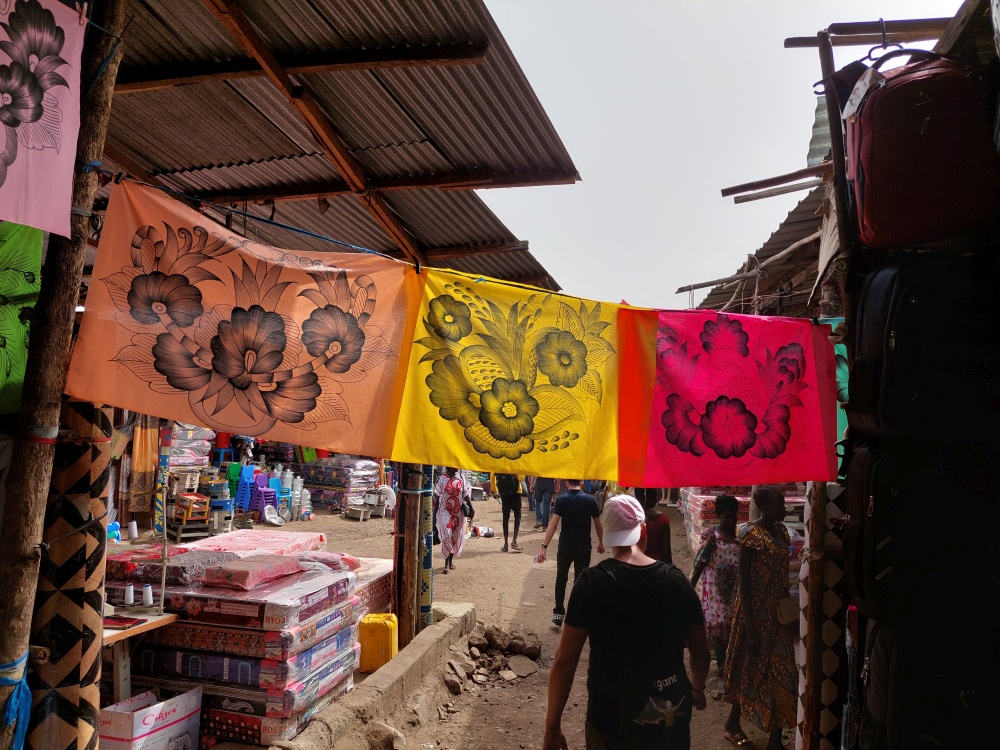
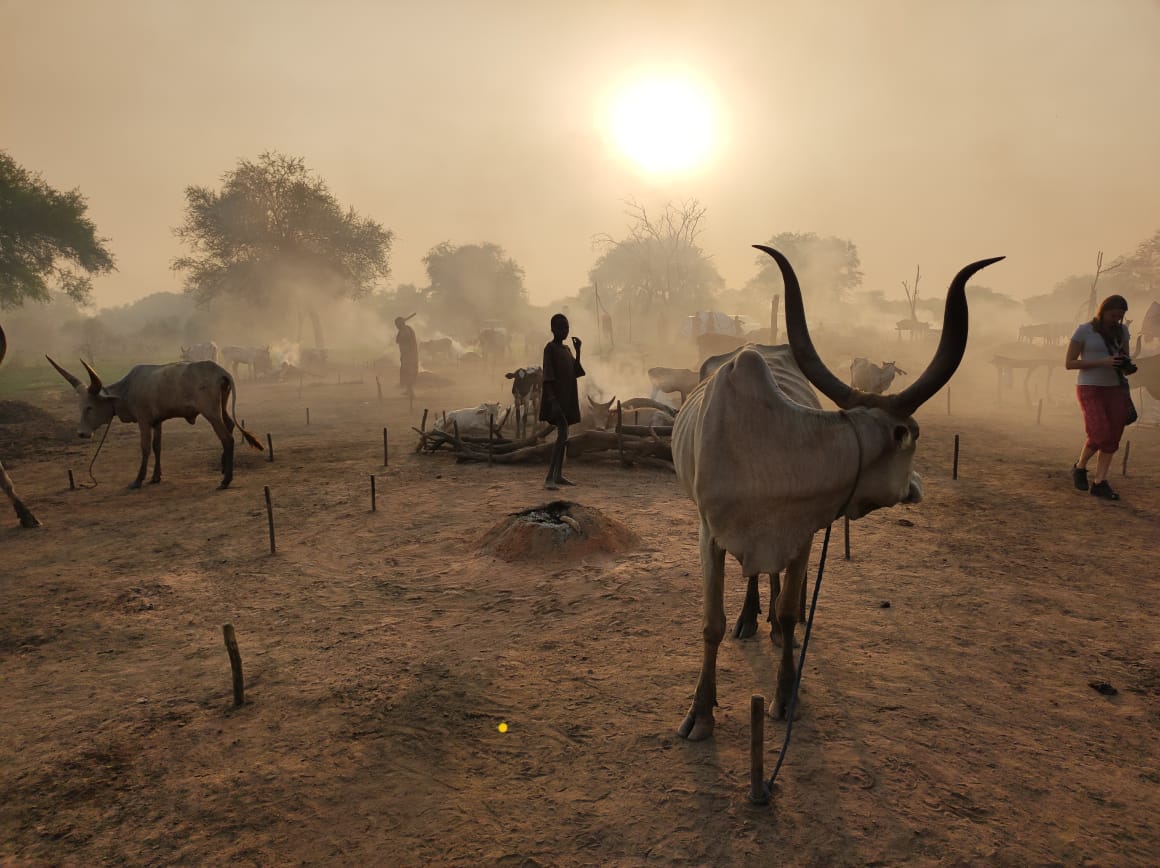
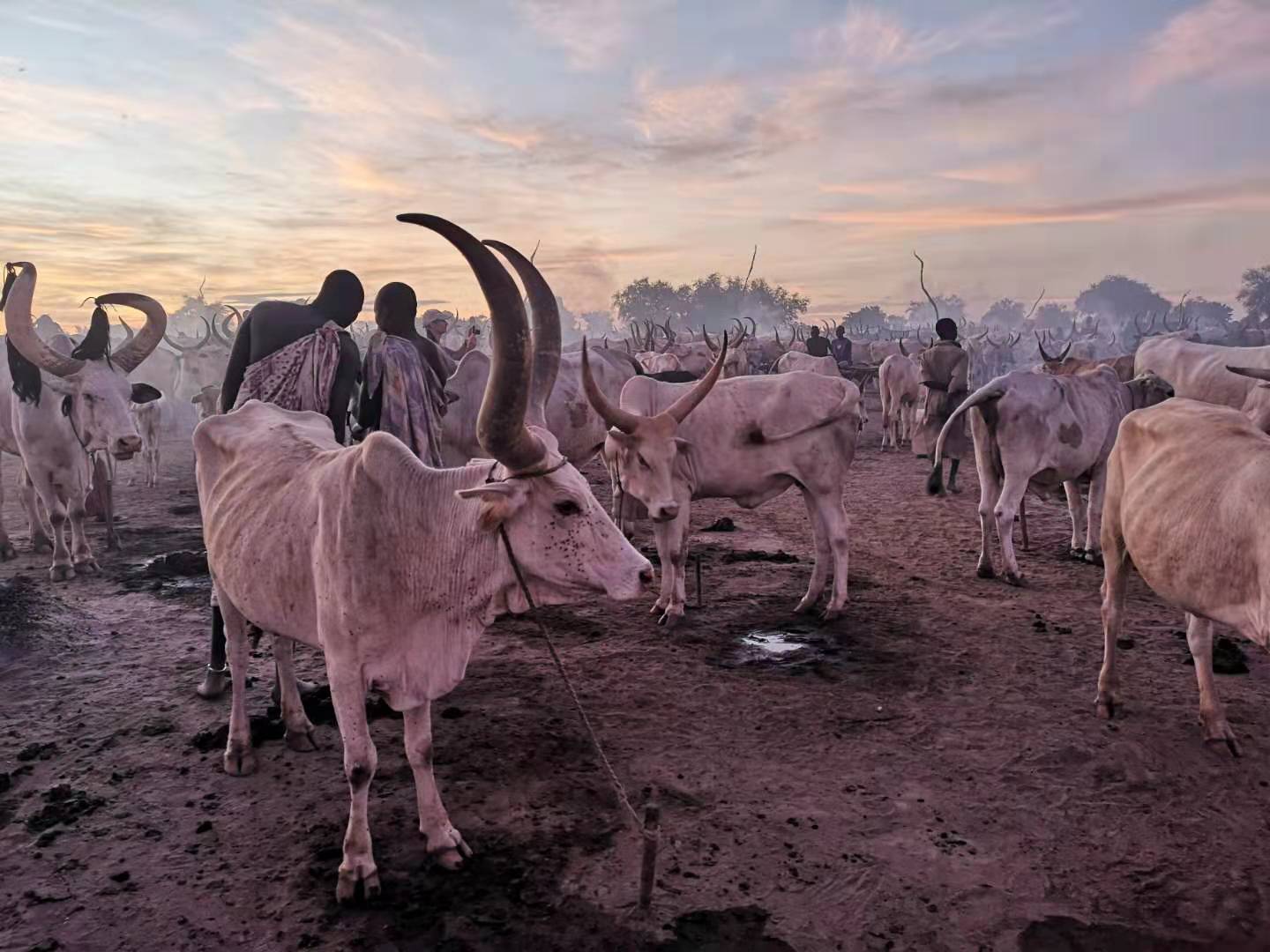
Final Thoughts
Visiting the Mundari tribe as well as camping with them is not just a highlight of visiting South Sudan, but genuinely one of the best tribal experiences you can have in Africa. And YPT know exactly how to arrange a perfect trip, not only working with the best guides but doing everything to make sure your trip is a safe one.
Interested in learning more about the Mundari or other tribes in South Sudan? Explore our South Sudan Tours for a unique and immersive experience.



